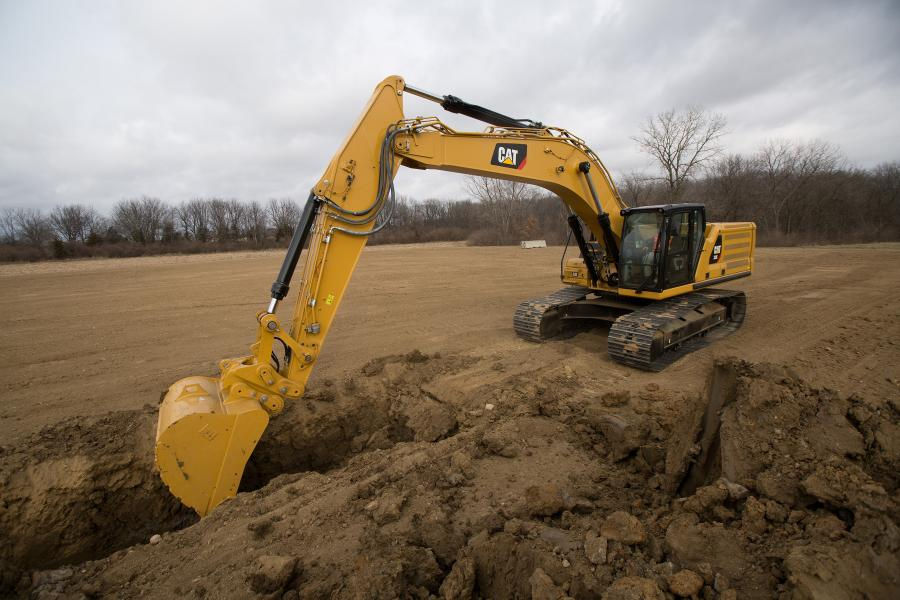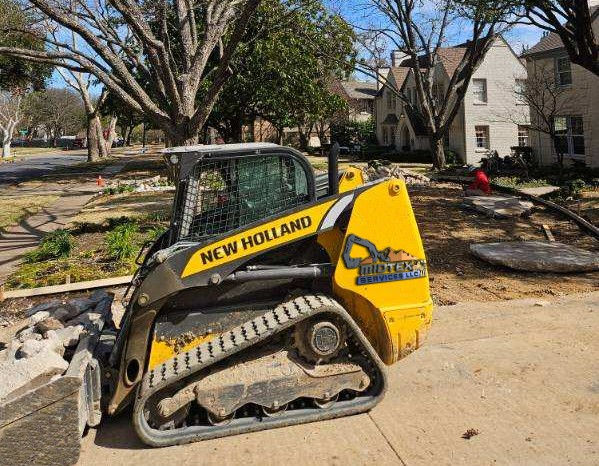Excavation for Foundation Construction: The Bedrock of Building
- Midtex Services
- Apr 22, 2024
- 3 min read
Updated: May 17, 2024

Excavation for foundation construction is a critical phase in any building project, laying the groundwork for a sturdy, stable, and long-lasting structure. Whether it's a residential home, commercial building, or infrastructure development, the excavation process sets the stage for the foundation that supports the entire edifice. Let's delve into the intricacies of excavation for foundation construction and understand its vital role in the construction industry:
1. Site Assessment and Preparation:
The excavation process begins with a thorough site assessment to evaluate soil conditions, topography, groundwater levels, and any potential obstacles or hazards. This assessment helps determine the scope of excavation work, excavation methods, and necessary safety precautions. Proper site preparation involves clearing vegetation, marking boundaries, and ensuring access for excavation equipment.
2. Types of Foundation Excavation:
- Trench Excavation: Common for shallow foundations such as strip foundations or spread footings, trench excavation involves digging narrow trenches along the perimeter of the building footprint.
- Pit Excavation: Used for deep foundations such as basement walls or pile foundations, pit excavation involves digging a larger, deeper pit to accommodate the foundation elements.
- Slope Excavation: In areas with sloping terrain, slope excavation techniques may be used to create level surfaces for foundation construction, involving cutting into hillsides or filling in depressions.
3. Excavation Equipment and Techniques:
Excavation for foundation construction requires specialized equipment and techniques tailored to the specific project requirements:
- Excavators: Versatile machines equipped with buckets or attachments for digging, leveling, and moving soil efficiently.
- Backhoes: Combining a front bucket for excavation and a rear arm for lifting, backhoes are ideal for trenching and shallow excavations.
- Bulldozers: Used for leveling and grading large areas, bulldozers are valuable for shaping the terrain and preparing the site for foundation work.
- Trenching Machines: Specifically designed for trench excavation, trenching machines ensure precise digging and trench depth control.
4. Soil Stability and Compaction:
Maintaining soil stability and compaction is crucial during excavation to prevent cave-ins, soil erosion, and foundation settlement. Soil conditions, including clay, sand, gravel, or rock, influence excavation techniques and may require additional measures such as shoring, bracing, or backfilling to ensure safety and structural integrity.
5. Safety Measures and Regulations:
Excavation for foundation construction requires strict adherence to safety measures and regulations to protect workers, equipment, and surrounding structures. Safety protocols include proper training, use of personal protective equipment (PPE), excavation inspections, securing excavation edges, and monitoring soil conditions for stability.
6. Coordination with Foundation Contractors:
Effective communication and coordination between excavation contractors and foundation contractors are essential for seamless project execution. Collaboration ensures alignment with design specifications, timely completion of excavation work, and smooth transition to foundation construction, including footing placement, concrete pouring, and reinforcement installation.
7. Environmental Considerations:
Excavation activities may impact the environment, requiring measures to minimize soil erosion, sedimentation, and runoff. Implementing erosion control measures, sediment barriers, and sediment ponds helps mitigate environmental impact and comply with regulatory requirements.
8. Quality Assurance and Inspections:
Regular quality assurance checks and inspections during excavation ensure compliance with project specifications, safety standards, and industry best practices. Inspections may include soil testing, excavation depth verification, equipment maintenance checks, and documentation of excavation activities.
In conclusion, excavation for foundation construction is a foundational step that shapes the success and integrity of building projects. From initial site assessment to precise excavation techniques, safety protocols, and environmental considerations, every aspect of excavation plays a crucial role in laying the groundwork for safe, durable, and structurally sound foundations. By understanding the complexities and importance of excavation for foundation construction, construction professionals and stakeholders can ensure the success and longevity of their building endeavors.



Comments